Defining Community
Community: the word and concept are crucial to the work of helping Veterans reintegrate and supporting military families. But when you and I say “community,” are we saying the same thing? It’s worth taking a few moments to consider:
- How your collaborative defines “community”
- Why it defines community the way it does
- Whether your collaborative’s goals are scaled for your definition of community
Functional and Geographic Communities
There are a couple of key definitions of “community” that apply to our network of collaboratives. First is our “functional community,” which is based on a shared interest in serving and supporting Veterans, Service Members, and their Families. This functional community overlaps with a second type of community—people joined by geography. The question of defining a geographic community is not as simple as it might seem.
Of our Local Partners, this is the breakdown of how each defines “community” for the purposes of collaboration.
- 47%Region
- 30%City (including greater municipal areas)
- 13%State
- 10%County
More than a Question of Numbers
We have multiple New York City collaboratives—based on population density alone, you might expect that this would be the case. There are also states–North Dakota, Alaska, Arizona—that have state-wide collaboratives. But it’s more than just Veteran population density that drives these scopes. How do collaboratives identify their geographic scope ends? The factors are many and diverse, but they all start with the problem around which the collaborative is uniting.
Community Considerations
Here are some of the considerations that go into defining “community” for a collaborative:
- Population location: where are your Veterans, Service Members, and their Families concentrated? Don’t just consider cities; are there rural pockets with a high population of Veterans spread geographically in unincorporated areas or small towns?
- Current resource availability at different geographic levels: what’s available in your city, county, region, and state?
- Interdependency between resources: Collective Impact experts at FSG suggest not only inventorying resources, but exploring the relationships between them to help define geographic scope.
- Gaps in resources: if you’re coming up short on resources, zoom out a bit and see if the missing resource can be found at the next level. If it can, how often will it need to be accessed, and does that level of community have stakeholders in your efforts?
- “Areas of momentum”: Admas Kanyagia, formerly of FSG, wrote that by selecting areas where this work is already being done, we can “build upon work that’s already in place,” growing and building connections while doing the work.
In the End, It Depends
The bottom line for right-sizing your collaborative’s reach is that each community needs to consciously consider their geographic scope when convening and understand that it can evolve as needs and resources change.
One unique challenge for our Veteran collaboratives is that we are united around the problem of collaborating to improve service coordination; as such, our service umbrellas encompass a whole slew of social issues: health care including mental health, child care, housing, employment, education, and many more. Visit our blog on resource mapping, an activity that can help you determine the right size for your community based on the problem you’re solving and the assets available.









